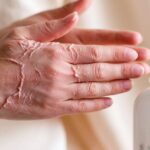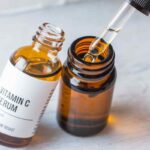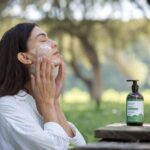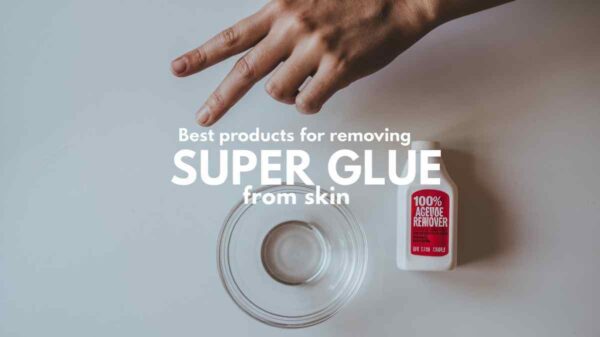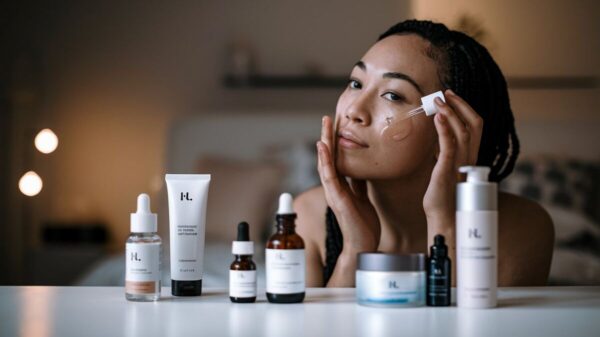Having super glue on your skin can be frustrating, If you’ve tried simple methods and the glue still won’t come off, This guide will provide you with several effective techniques for removing super glue from your skin, along with the pros and cons of each so that you can pick the best option for your needs.
Why Super Glue Sticks So Well to Skin
Super glue is a quick-drying adhesive that forms strong bonds, even on wet surfaces. Because skin has some moisture, it can quickly stick and feel uncomfortable. Thankfully, there are several safe methods to dissolve or remove super glue from the skin, many of which use items you likely already have at home.
Best Methods for Removing Super Glue from Skin
Below, we’ll explore a few popular and effective methods for super glue removal, including their benefits and potential drawbacks. Choose the option that best fits your needs and follow the steps carefully to avoid skin irritation or damage.
1. Soap and Warm Water
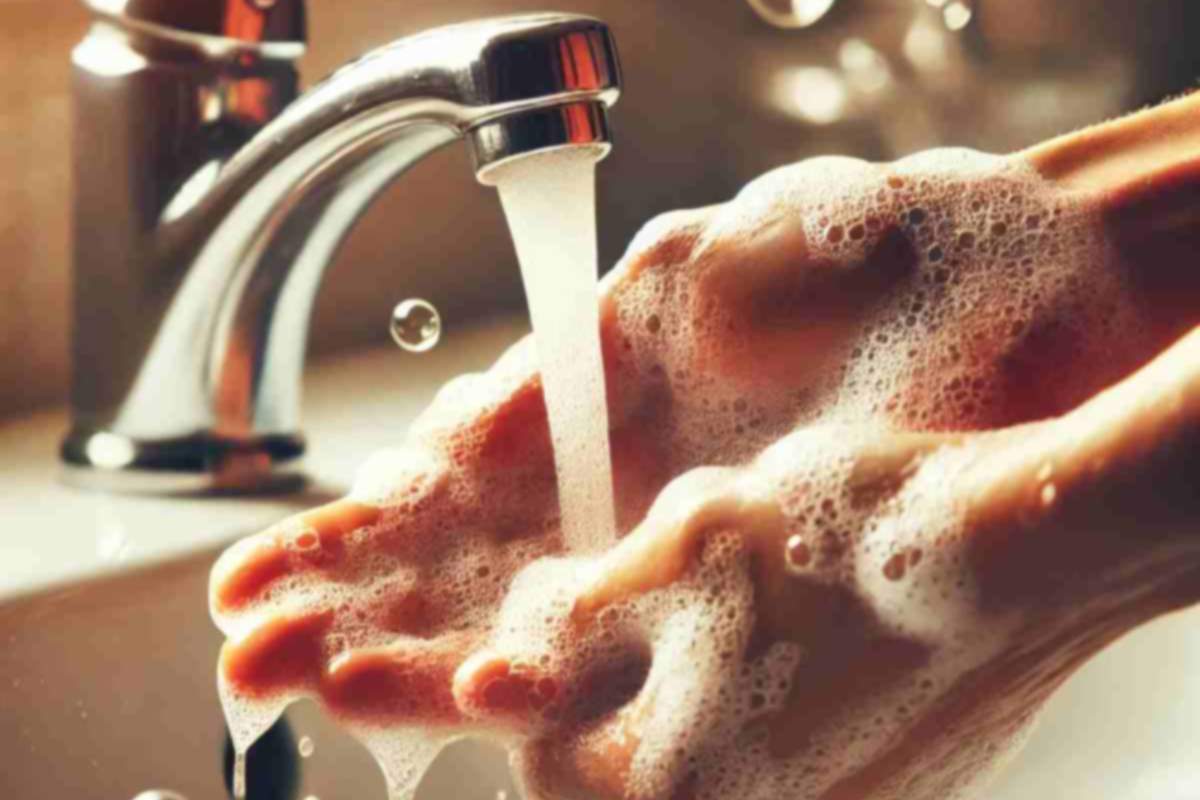
This gentle and effective method is perfect for minor glue spots.
How It Works: Soaking your skin in warm, soapy water helps soften both the glue and your skin, making it easier to remove.
Steps:
- Fill a bowl with warm water and add a few drops of dish soap.
- Soak the affected area for 10-15 minutes.
- Gently rub the glue with a soft cloth or your fingers to see if it starts to loosen.
- Repeat as needed until the glue starts to come off.
Pros: Safe for all skin types and inexpensive.
Cons: It may take multiple attempts if the glue is thick or has been on the skin for a while.
2. Acetone (Nail Polish Remover)
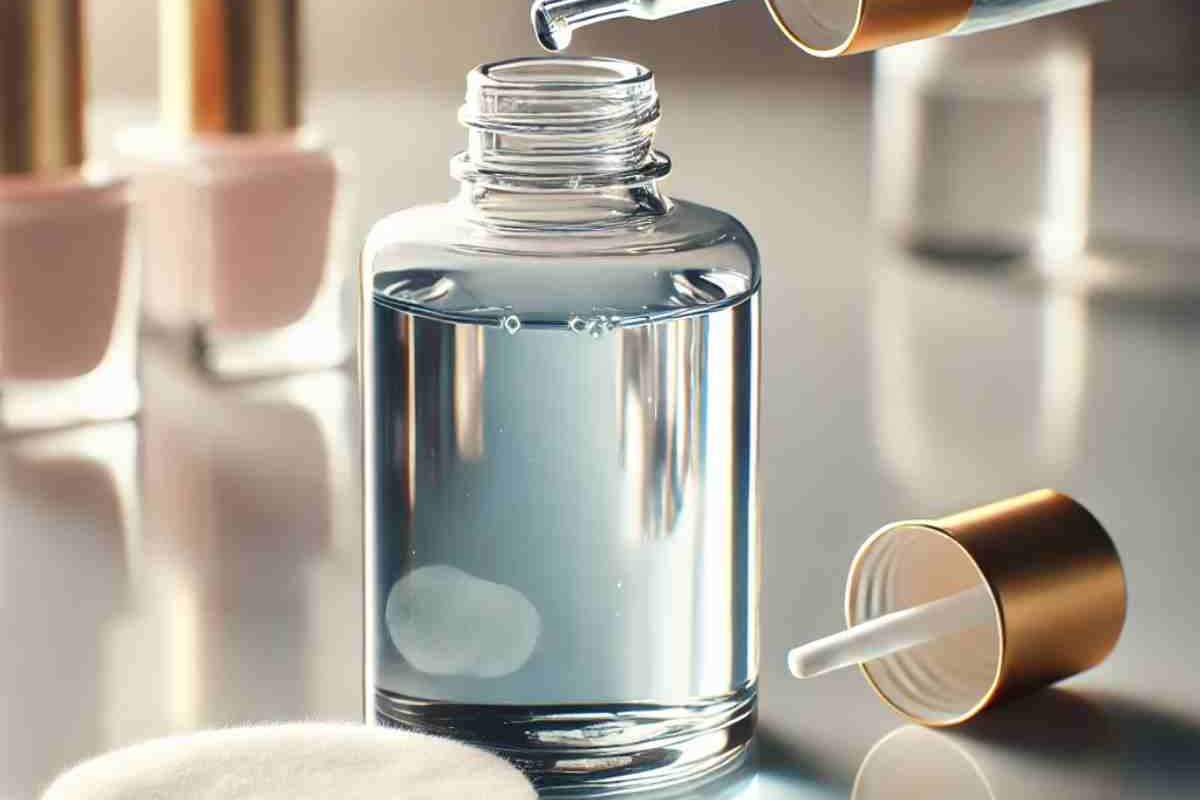
Acetone is highly effective at dissolving superglue but should be used with caution.
How It Works: Acetone breaks down the adhesive properties of super glue, making it much easier to wipe or peel away.
Steps:
- Dip a cotton ball in acetone (look for nail polish remover that contains acetone).
- Lightly press the cotton ball on the glued area for a few seconds.
- Try rubbing or peeling the glue away with your fingers or a soft cloth.
- Wash the area with warm water, soapy water afterward to remove any residue.
Pros: Quick and effective, often works within minutes.
Cons: Acetone can dry out or irritate sensitive skin, so avoid using it on large areas or broken skin. Not recommended for children.
3. Olive Oil or Coconut Oil

These oils are natural, safe, and work well on more sensitive skin.
How It Works: Oils help weaken the glue’s bond to your skin, allowing you to roll or peel the glue off gently.
Steps:
- Apply a generous amount of olive, coconut, or baby oil to the glued area.
- Massage the oil in small circles over the glue for a few minutes.
- Gently peel or roll the glue away as it loosens.
- Rinse with warm, soapy water to remove any oil residue.
Pros: Non-toxic and gentle, ideal for sensitive skin or larger areas.
Cons: May take longer than acetone or specialized products, so patience is required.
4. Petroleum Jelly
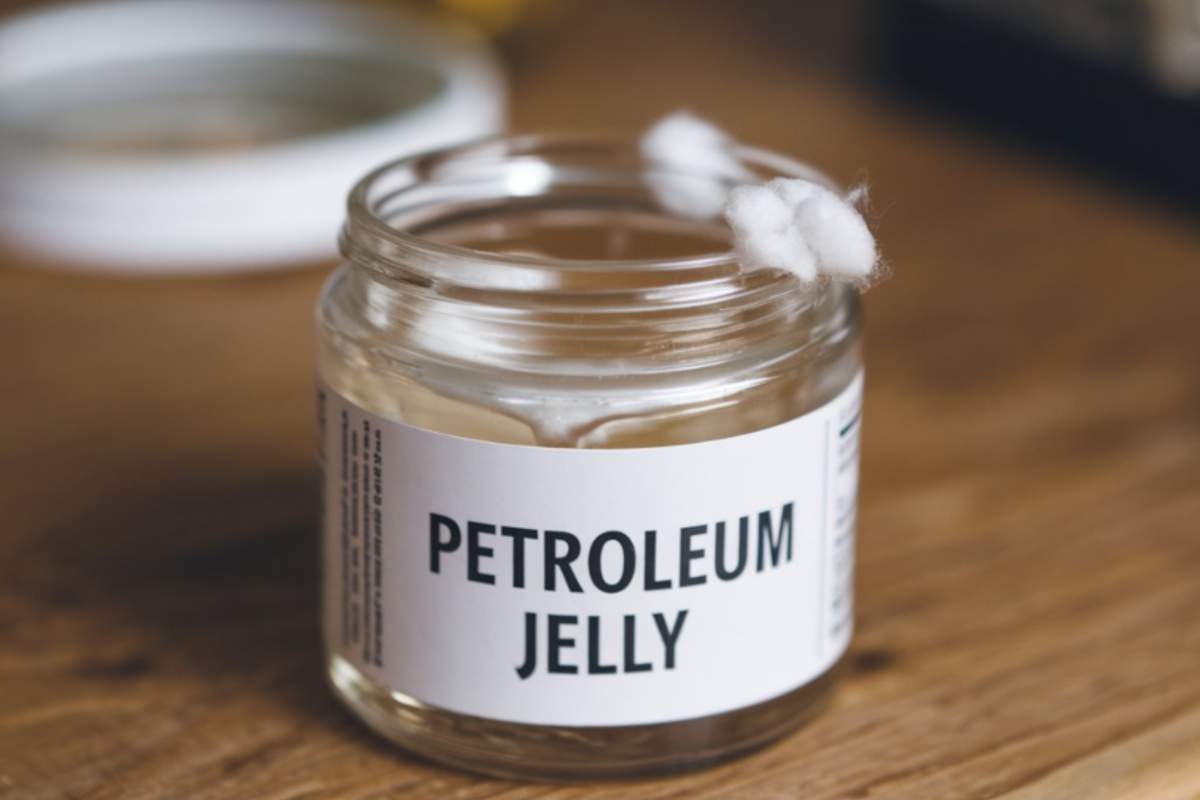
Petroleum jelly is another gentle option that is beneficial for stubborn glue spots that need more softening.
How It Works: Petroleum jelly softens the glue, making removing it easier.
Steps:
- Apply a thick layer of petroleum jelly on the area.
- Let it sit for about 10-15 minutes.
- Gently rub the area to see if the glue starts to come off.
- Rinse with warm water once the glue is removed.
Pros: Safe and easy to use, suitable for all ages.
Cons: May not work as quickly as acetone but is effective for small areas or thin layers of glue.
5. Baking Soda and Lemon Juice
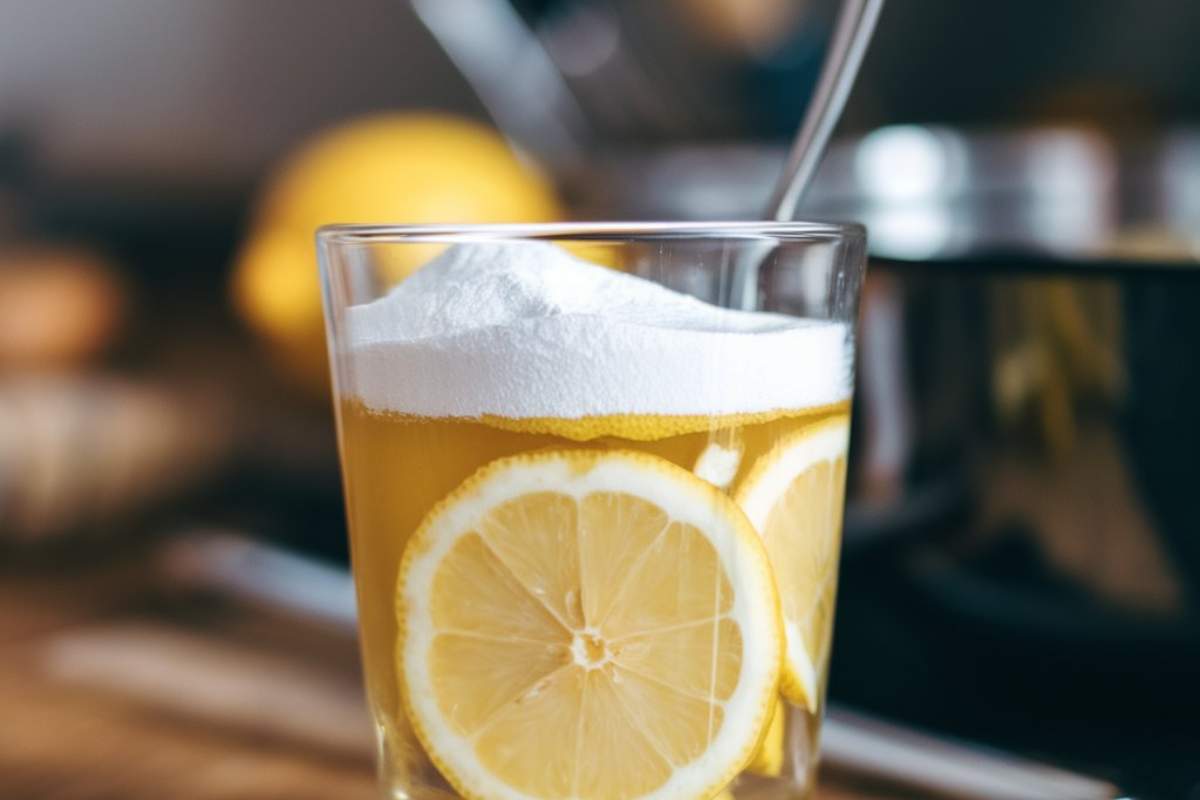
This combination can create a mild abrasive paste that helps loosen the glue.
How It Works: The paste gently exfoliates the skin, while lemon juice helps break down the glue.
Steps:
- Mix baking soda & lemon juice to form a thick paste.
- Apply the paste to the glue and let it sit for a few minutes.
- Gently rub the area with a soft cloth or your fingers in little circles.
- Rinse with warm water and repeat if needed.
Pros: Uses natural ingredients and is less harsh than acetone.
Cons: This method may cause mild irritation on sensitive skin and may not be as effective for thick layers of glue.
Comparison of Methods
Here’s a quick comparison table to help you choose the best method for your situation:
| Method | Effectiveness | Speed | Skin Sensitivity | Best For |
|---|---|---|---|---|
| Soap & Warm Water | Moderate | Slow | Very Gentle | Minor glue spots |
| Acetone | High | Fast | Not for sensitive skin | Stubborn glue areas |
| Olive or Coconut Oil | Moderate | Moderate | Gentle | Larger areas |
| Petroleum Jelly | Moderate | Slow | Very Gentle | Small, persistent spots |
| Baking Soda & Lemon Juice | Moderate | Moderate | May irritate | Natural alternative |
Tips for After Glue Removal
Once the glue is off, washing the area with soap and warm water is a good idea, as well as applying a moisturizer or lotion. This helps restore moisture to the skin and soothes any irritation from the removal process. If you use acetone, moisturizing is essential, as acetone can be drying.
When to Use Store-Bought Glue Removers
For particularly stubborn Remove Super Glue from Skin or if a large area is affected, specialized super glue removers are available in stores. These are often formulated with ingredients that are safe for the skin. Always follow the manufacturer’s instructions, and avoid getting these products near your eyes or mouth
Conclusion
Removing super glue from the skin doesn’t have to be difficult. By choosing the right method and taking your time, you can safely remove glue without causing irritation or damage. If one method doesn’t work, don’t worry try another. Remember, most cases of super glue on the skin can be treated at home with everyday items.
More Super Glue Solutions!
Ready to tackle stubborn super glue on surfaces? Explore our products, effective methods and tips for removing super glue from various materials.



